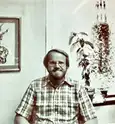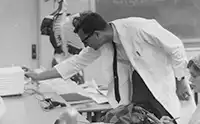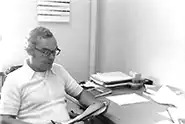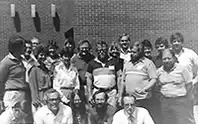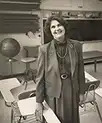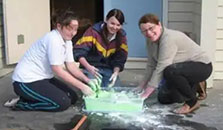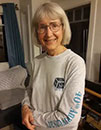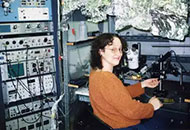Kathrine and Randall Backe
Kathrine Backe was invited to join BSCS in 1991 as implementation coordinator for the field test phase of Middle School Science and Technology. She developed an implementation guide and made on-site visits to field test schools. During that time, she also was working on her dissertation, incorporating much of that BSCS experience. Meanwhile, her husband Randall was teaching at a private liberal arts college in Wisconsin while also working on his dissertation. Both Kathrine and Randall were completing Ph.D. programs at Kansas State University. It was there that both found opportunities to work on Middle School Science and Technology and utilize it as part of their doctoral studies. Randall credits Kathrine with taking that mid-career leap and inviting him to join her at Kansas State, and later at BSCS.
In the early 1990s, Kathrine built teacher development modules, incorporating videodisc technology and print modules designed to support and improve science teaching in elementary schools (Decisions in Teaching Elementary School Science). She most enjoyed working with teachers and students across the country while implementing the field test version of Middle School Science and Technology.
Randall arrived at BSCS in 1992, collaborating on projects such as the first edition of Biology: A Human Approach. Later in that decade, one of his most rewarding projects (co-authored with David Hanych) was The Commons: An Environmental Dilemma, a CD-ROM and Implementation Guide that accompanied the college textbook Biological Perspectives.
Kathrine and Randall treasured their time at BSCS during the 1990s: a time when they, along with their BSCS colleagues, shared a dedication to enhancing science education.

